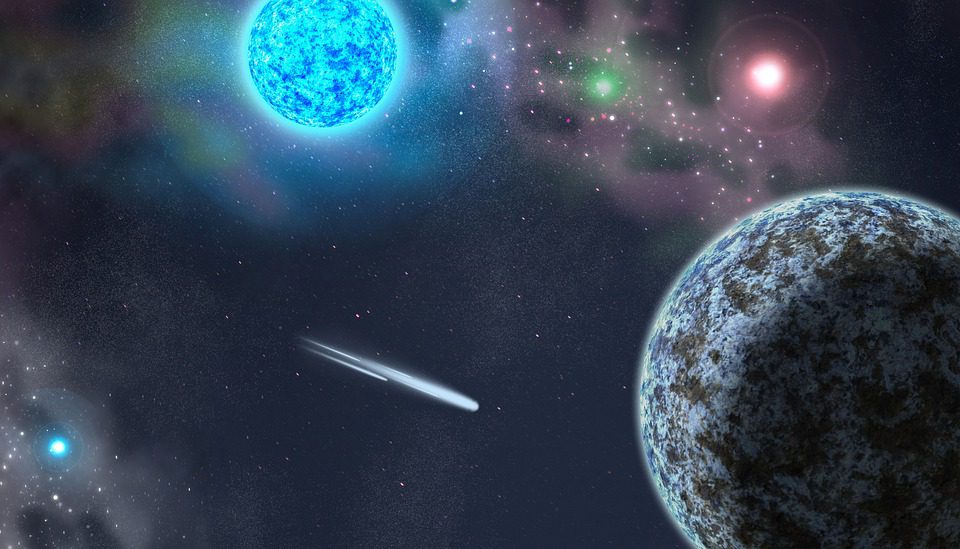Throughout 1992, scientists found the first extrasolar planets. They discovered a pair circling the pulsar PSR B1257+12 at a distance of approximately 2,300 light-years away from the Sun. They found the 3rd planet in the formation two years later.
Presently, a team of scientists is attempting to replicate that achievement by hunting for exoplanets among 800 identified pulsars.
Pulsars are strongly magnetized neutron stars that rotate fast and generate jets of electromagnetic energy from their poles. We can observe one of its poles when it is oriented toward Earth, similar to a lighthouse. Their exact timings make them perfect for planet-hunting. Even a minor shift in their periodicity indicates that the pulsar is oscillating. This indicates that one or even more planets may be dragging on it.
Pulsars remain notorious for their catastrophic beginnings. They begin as large stars ranging in mass from roughly 10-25 solar masses. Such stars burst as supernovae and subsequently collapse, becoming ultra-dense neutron stars composed of neutron degenerate matter towards the conclusion of their lifetimes of normal fusion. It is exceedingly improbable that any planetary body could withstand such an event.
Might planets develop after the supernova explosion? Possibly. The researchers discovered that two-thirds of pulsars are exceedingly unlikely to have any partners larger than 2-8 Earth masses. Although 15 of the examined pulsars did exhibit some anomalies, they were not certainly planets. According to scientists, the harsh magnetosphere surrounding pulsars might result in erratic periodicities.
According to their final review, pulsar worlds are very uncommon. Only one of the 800 pulsars is a probable contender to host planets. They so validate the idea that planet formation near pulsars is uncommon, with PSR B1257+12 being an exception. For the time being, it is the only pulsar known to contain planets the size of Earth. As for habitability, it is very improbable. The area immediately around pulsars is exceedingly hostile.
The study can be found on arXiv.












Leave a Reply